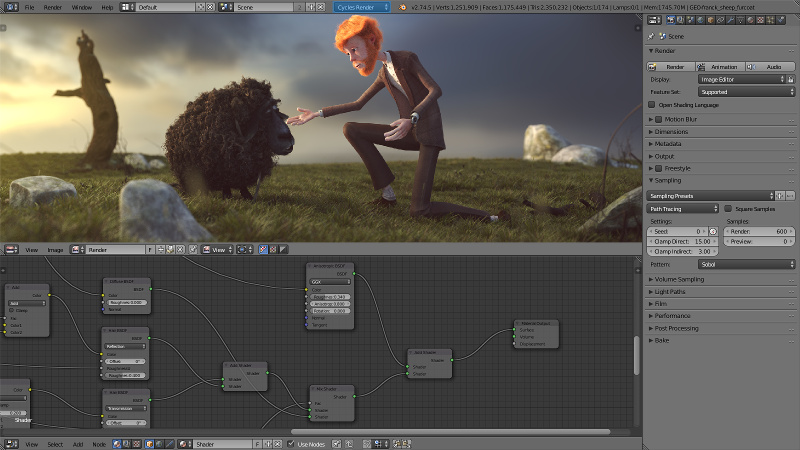Introduction¶

Cycles is Blender’s ray-tracing production render engine.
To use Cycles, it must be set as the active render engine in the top header. Once that is done,
interactive rendering can be started by setting a 3D View editor to draw mode Rendered using Shift-Z.
The render will keep updating as modifications are done,
such as changing a material color, changing a lamp’s intensity or moving objects around.
To perform a full render go to
here you can either choose to render a still image or an Animation.
Cycles may be able to use your GPU to render. To see if and how you can use your GPU for rendering, see the documentation on GPU Rendering.
Note
Cycles Outside of Blender
Since its release under a permissive open-source (Apache 2.0) license, it’s also in use by other 3D tools, such as Poser and Rhino. Cycles can be used as part of Blender and as stand-alone, making it a flexible solution for ray-traced rendering.
See also
- Blender.org’s Cycles Gallery showing examples of what Cycles can render.
- Developer documentation is available as well.